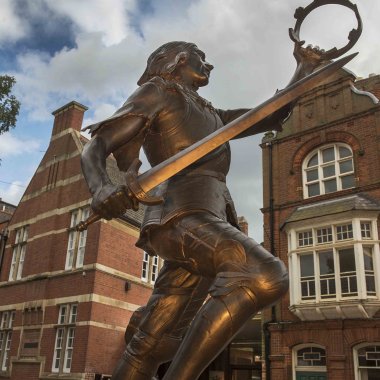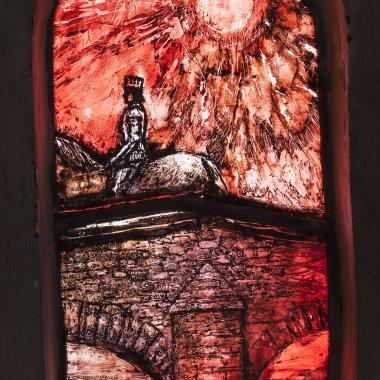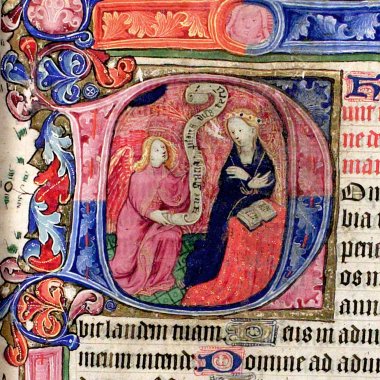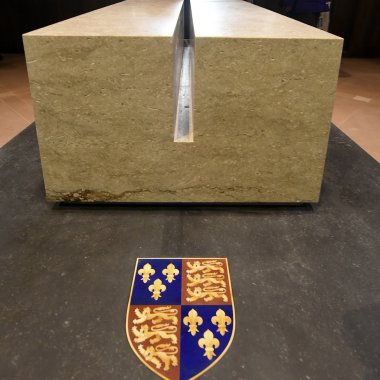The discovery of the remains of King Richard III caught public imagination.
The last English king to die in battle, Richard was originally buried in Greyfriars Friary in August 1485. The friary was dissolved during the Reformation and later demolished. Richard's remains then lay undiscovered until an archaeological dig in August 2012.
The reburial took place during a week of events between 22 and 27 March 2015. The journey of Richard's remains from the University of Leicester via Bosworth to Leicester Cathedral, his lying in repose, and the reinterment itself in the presence of three members of the Royal Family and other guests, was watched by a television audience of hundreds of millions across the globe.
Leicester Cathedral undertook all this under the determining principles of 'dignity and honour'. From the outset we understood the need to treat this as the reburial of the remains of a person who was, and is, a beloved child of God, as well as being an anointed King of England.
From the warm, early spring sunshine at Bosworth Battlefield, to the crowds thronging the streets of Leicester city centre, the mood was respectful, enthusiastic, and celebratory.
The resulting programme helped swell civic pride, and city and countywide cooperation between hundreds of people who worked together – Cathedral, City and County Councils, the Universities of Leicester and De Montfort, the Richard III Society and so many more – to produce an unforgettable, historic occasion.
The Tomb of Richard III can be visited at Leicester Cathedral.





